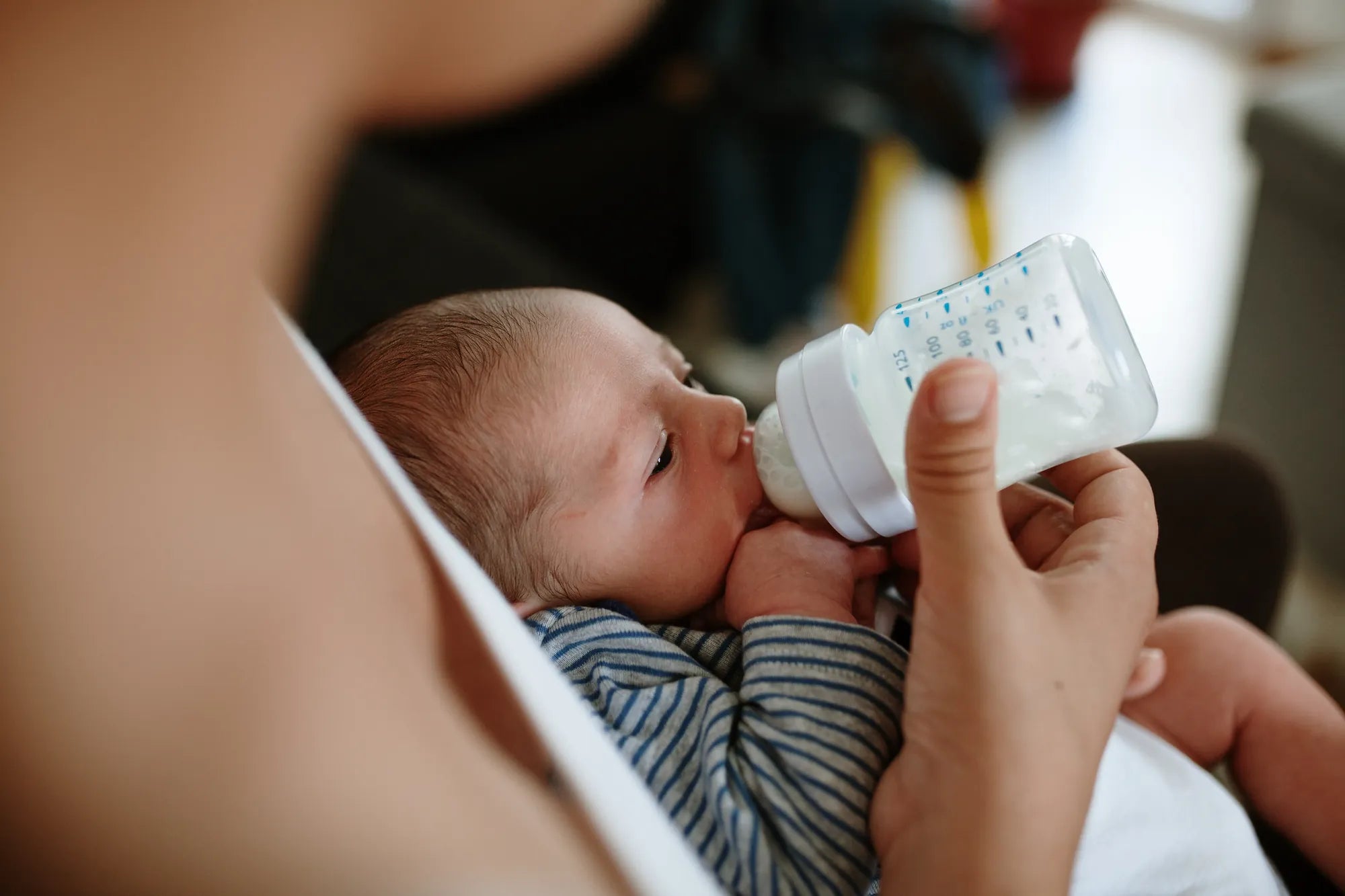Home
Pregnancy, Breastfeeding, and Pumping: The Ultimate Guide for Moms
Can You Damage Breast Tissue While Pumping? What You Need to Know

Can You Damage Breast Tissue While Pumping? What You Need to Know
Breast pumping is a valuable tool for nursing mothers, offering flexibility and convenience. However, many women wonder: can you damage breast tissue while pumping? The answer is yes, but with proper knowledge and precautions, the risks can be minimized. This article delves into the potential causes of breast tissue damage, how to recognize it, and steps to ensure a safe pumping experience.
Understanding Breast Tissue and Pumping Mechanics
Breast tissue is delicate and sensitive, designed to produce and store milk for your baby. When using a breast pump, the suction and pressure applied can affect this tissue. While modern pumps are designed to mimic a baby's natural sucking pattern, improper use or settings can lead to discomfort or even damage.
Common causes of breast tissue damage during pumping include:
- Using a pump with excessive suction strength.
- Prolonged pumping sessions without breaks.
- Incorrect flange size, leading to friction or pressure on the nipple and surrounding tissue.
- Poor positioning of the pump, causing uneven pressure distribution.
Signs of Breast Tissue Damage
Recognizing the signs of breast tissue damage is crucial to addressing the issue early. Symptoms may include:
- Persistent pain or soreness in the breast or nipple area.
- Swelling, redness, or bruising.
- Cracked or bleeding nipples.
- Reduced milk supply due to discomfort or inflammation.
If you experience any of these symptoms, it's important to reassess your pumping routine and seek advice from a lactation consultant or healthcare provider.
Tips to Prevent Breast Tissue Damage
Preventing breast tissue damage while pumping is entirely possible with the right approach. Here are some practical tips:
- Choose the Right Flange Size: Flanges that are too small or too large can cause friction and discomfort. Measure your nipple diameter and select a flange that fits properly.
- Adjust Suction Strength: Start with the lowest suction setting and gradually increase it to a comfortable level. Avoid using the highest setting unless necessary.
- Limit Pumping Duration: Pumping for extended periods can strain breast tissue. Follow recommended guidelines, typically 15-20 minutes per session.
- Take Breaks: Give your breasts time to rest between pumping sessions to prevent overuse.
- Maintain Proper Hygiene: Clean your pump parts regularly to avoid infections that could exacerbate tissue damage.
When to Seek Professional Help
If you suspect that your breast tissue has been damaged or if symptoms persist despite adjustments, consult a healthcare professional. A lactation consultant can provide personalized guidance, and a doctor can rule out underlying conditions such as mastitis or blocked ducts.
Remember, your comfort and health are paramount. Addressing issues early can help you continue your breastfeeding journey without unnecessary pain or complications.
Breast pumping doesn't have to be a painful or damaging experience. By understanding the risks and taking proactive steps, you can ensure a safe and effective routine. Don't let fear of damage deter you from using this valuable tool—empower yourself with knowledge and enjoy the benefits of pumping with confidence.
Share

